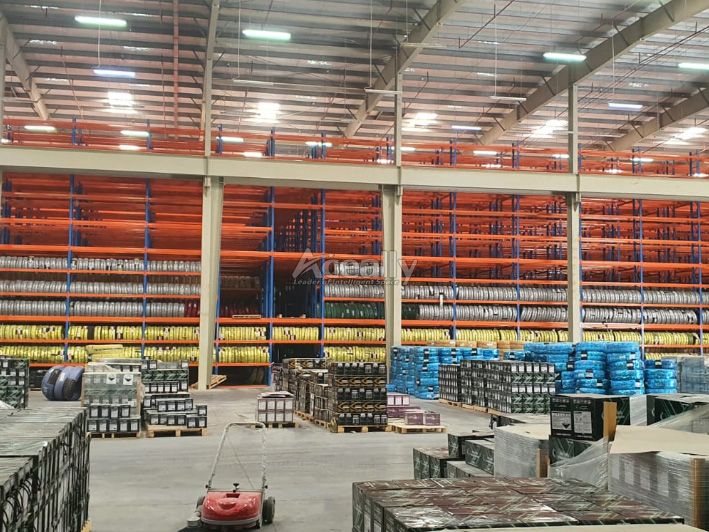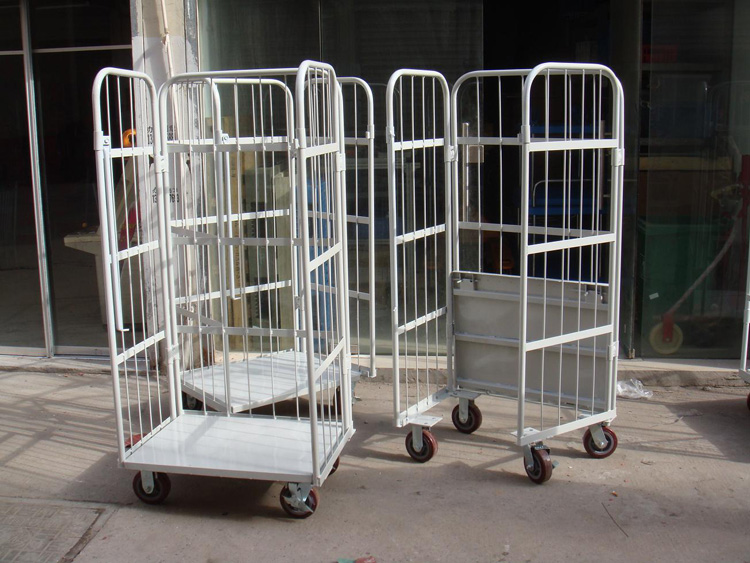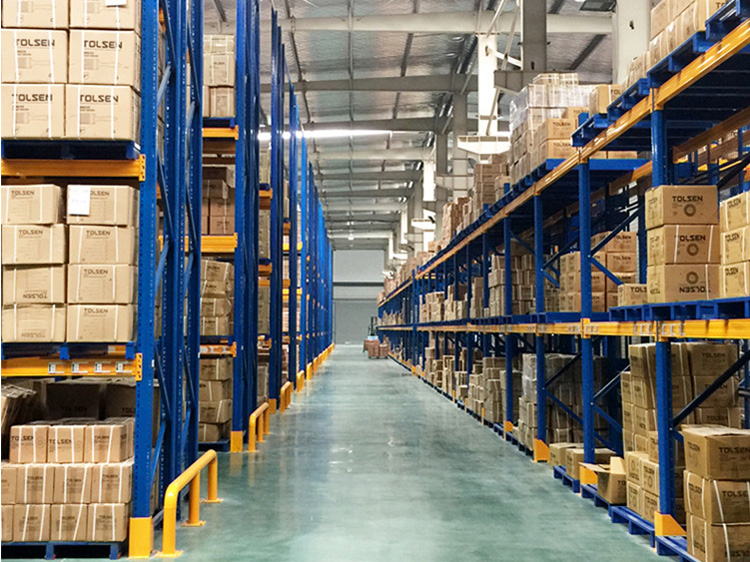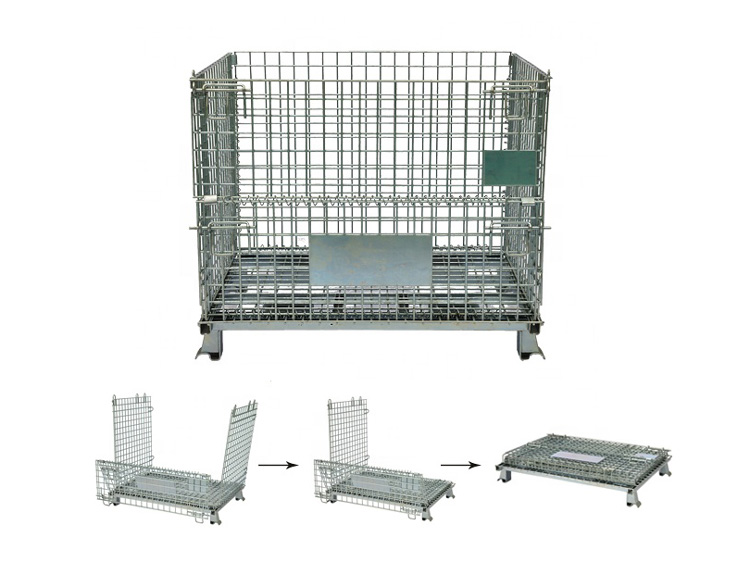-
 E-mail:
aceally4@aceallygroup.com
E-mail:
aceally4@aceallygroup.com
-
 Wechat: a18350222213
Wechat: a18350222213
-
Time:6/11/2025
-
Time:6/10/2025
-
Time:6/9/2025
-
Time:6/6/2025
-
Time:6/5/2025

- CONTACT US
- Wechat: a18350222213
- aceally4@aceallygroup.com
Roll container: a versatile solution for material handling
 Time:6/10/2025
Time:6/10/2025 19
19Roll containers, also known as logistic trolleys or roll cages, are essential tools in material handling and logistics, designed to streamline the transportation and storage of goods in various industries. These containers are characterized by their wheeled base, which allows for easy maneuverability, making them ideal for environments where frequent movement of inventory is necessary, such as warehouses, retail stores, and distribution centers.
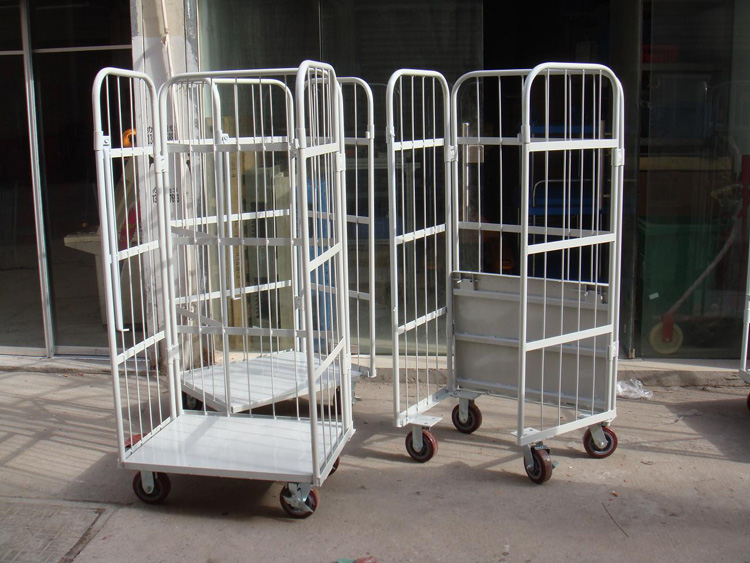
Roll containers are typically constructed from durable materials like steel or heavy-duty plastic, ensuring they can withstand the rigors of daily use and carry substantial loads. They come in a variety of sizes and configurations, but most feature a grid-like or solid-sided structure with a hinged or removable gate at one end. This design facilitates easy loading and unloading of items while keeping them secure during transit. The wheels, usually swivel casters, provide 360-degree movement, allowing operators to navigate tight spaces and crowded aisles with minimal effort.
Applications of Roll Container
The versatility of roll containers makes them suitable for a wide range of applications. In retail settings, they are commonly used for transporting goods from storage areas to sales floors, as well as for collecting returns and other items. In warehouses, they facilitate the movement of inventory between different sections or for loading and unloading delivery trucks. Additionally, roll containers are valuable in manufacturing environments for moving components between workstations.
Benefits of Roll Container
One of the primary advantages of roll containers is their efficiency. By enabling quick and easy movement of goods, they reduce labor costs and increase productivity. Their robust construction ensures the safety of both the products being transported and the operators handling them. Moreover, many roll containers are stackable, optimizing storage space when not in use. Their adaptability also allows for customization with additional features, such as shelves, dividers, or labels, to suit specific operational needs.
In conclusion, roll containers are indispensable in modern logistics and material handling operations. Their design, durability, and adaptability make them a cost-effective and efficient solution for the transportation and storage of goods across various industries.












